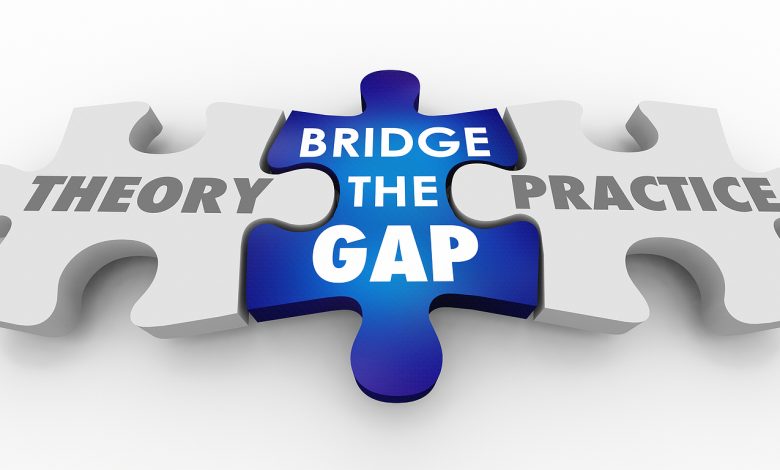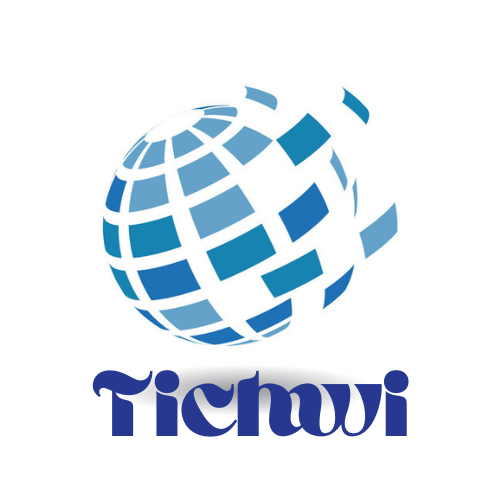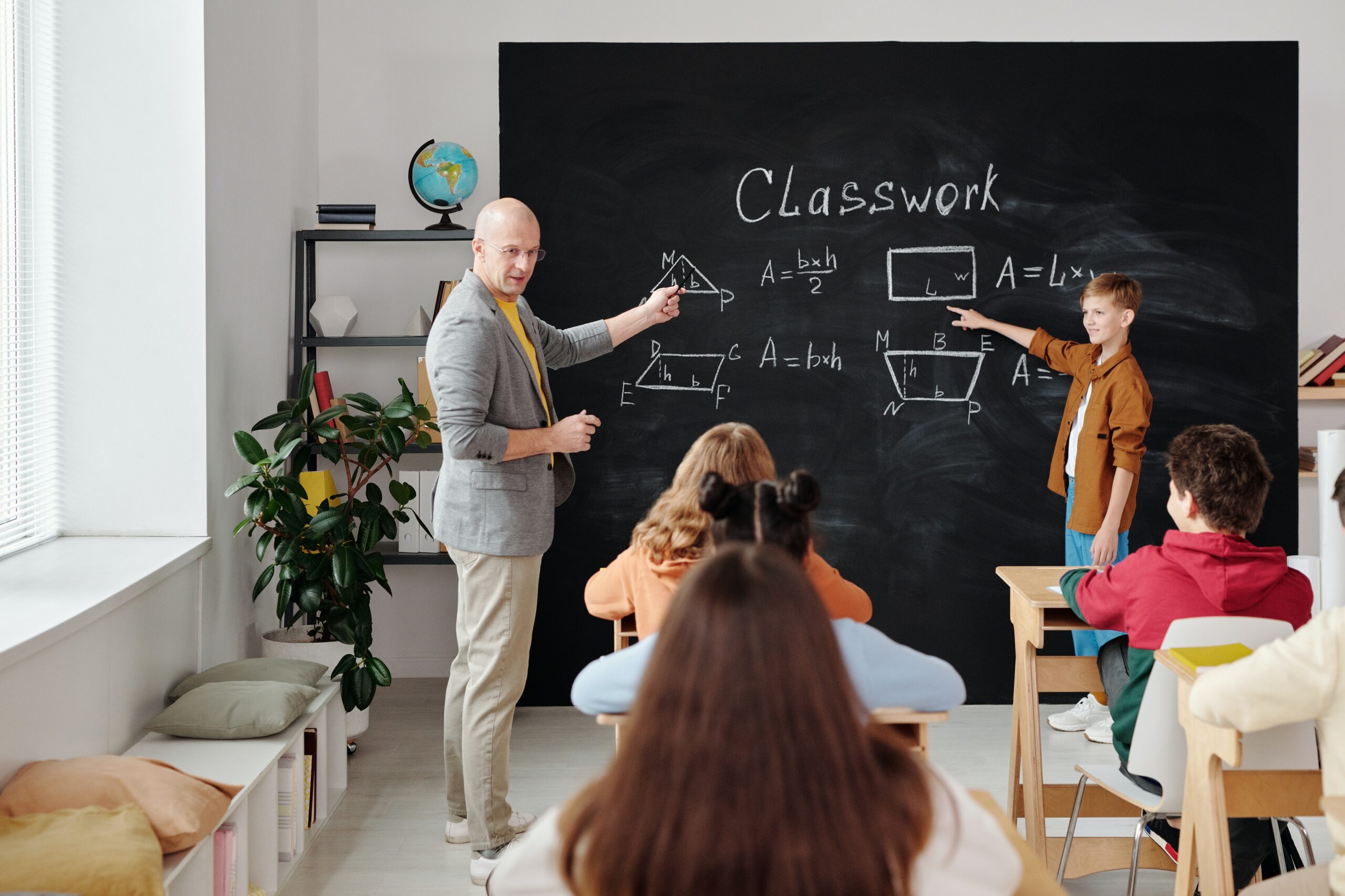Strategies to Bridge the Gap Between Classroom Theory and Real-World Practice

Within the constantly changing realm of education, there has been continuous scrutiny regarding the connection between classroom theoretical concepts and their pragmatic implementation in real-world scenarios. As students engage in academic endeavours, the difficulty extends beyond the mastery of theoretical concepts to the seamless translation of this knowledge into practical skills relevant to the intricacies of the professional sphere. This disparity prompts educators, institutions, and learners alike to explore innovative strategies that bridge the gap and nurture a holistic educational experience. In this comprehensive guide, we will unravel a series of strategies designed to empower students to seamlessly transition from textbooks to real-world scenarios, fostering a more enriching and applicable learning journey.
Integrating Experiential Learning:
Theoretical knowledge is frequently prioritized above practical application in traditional classroom settings. However, using experiential learning approaches might help to close the gap dramatically. Internships, field visits, and hands-on projects give students real-world scenarios to apply their academic learning. Educational institutions increasingly leverage advanced tech tools, such as exam software for schools, to create immersive and technology-driven experiences that enhance students’ practical understanding of academic concepts. Institutions and industry partners can work together to offer significant chances for students to obtain direct experience in their chosen industries. Students better understand their academic endeavours by combining theory and practice in real-world contexts.
Fostering Industry-Academia Collaboration:
Breaking down the walls between academia and industry is essential for ensuring that educational curricula align with the evolving demands of the professional world. Establishing robust collaborations with industry leaders, businesses, and practitioners allows educational institutions to glean insights into various fields’ current trends and requirements. Guest lectures, workshops, and mentorship programs create avenues for professionals to share their experiences, providing students with invaluable perspectives that transcend theoretical frameworks.
Implementing Project-Based Assessments:
Conventional exams frequently lack the capacity to assess a student’s practical skills adequately. Project-centric assessments present a feasible substitute by mandating students employ theoretical knowledge to resolve real-world challenges. These projects emulate genuine situations, promoting critical thinking, adept problem-solving, and collaborative skills. By integrating this methodology into evaluations, educators measure students’ understanding and foster vital abilities that transcend traditional classroom boundaries.
Embracing Technology for Simulations:
In the digital age, technology serves as a powerful ally in bridging the gap between theory and practice. Virtual simulations and augmented reality experiences provide students realistic scenarios to apply their theoretical understanding. These immersive technologies create a safe and controlled environment for experimentation, enabling learners to make mistakes and learn from them without real-world consequences. Integrating technology into the curriculum enhances engagement and prepares students for the technological landscape awaiting them in their respective industries.
Cultivating Soft Skills through Holistic Education:
While technical proficiency is crucial, soft skills are equally vital for success in the professional arena. A holistic education approach encompasses the development of communication, collaboration, adaptability, and critical thinking skills. Students can enhance their soft skills by engaging in activities like collaborative projects and leadership programs, leveraging interpersonal communication and adapting to modern tools such as library automation software, preparing them for multifaceted challenges in their future professional endeavours. Engaging in additional activities serves as a valuable supplement to conventional classroom education. These elements collectively shape individuals into versatile beings with the ability to navigate the intricacies of real-world challenges.
In conclusion, moving from theory to practical application is a significant journey that requires a diverse and all-encompassing approach. By including experiential learning, fostering collaborations, integrating project-based assessments, embracing technological tools, and honing interpersonal skills, educational institutions can empower students to link theoretical knowledge with real-world situations effectively. These approaches improve academic results and equip individuals to navigate the ever-changing landscape of their chosen professions, guaranteeing a comprehensive and fulfilling educational experience.




